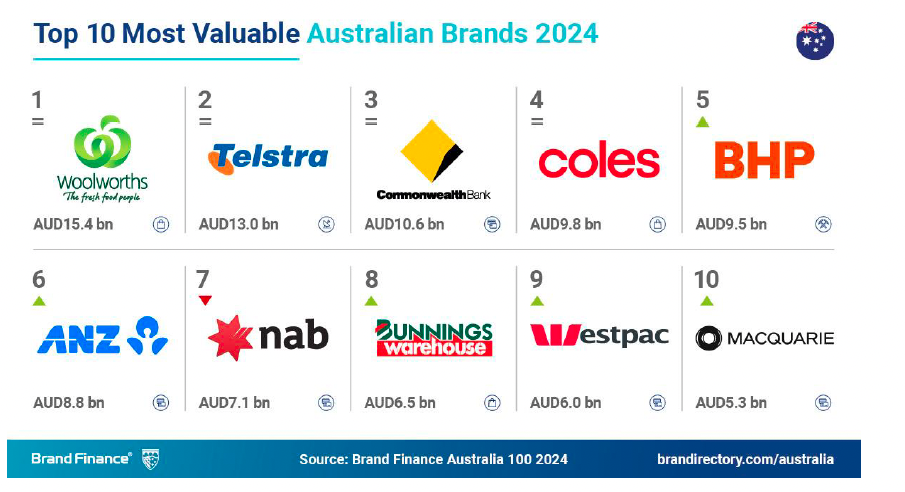Landmark APAC study pushes B2B marketers to more brand investment, diverse content to influence ‘hidden’ corporate buying group gatekeepers; sales function late, less influential

Generally we see too much focus in B2B on what I’m going to call demand capture, because it’s not demand generation
B2Brand or bust
The second major B2B study this year has called for a fundamental shift in B2B marketing strategy and tactics.
According to the just released APAC B2B Buyer Journey Research Report 2024 – which polled 733 B2B buyers across Australia, New Zealand, Hong Kong, Singapore and South East Asia and was commissioned by Melbourne-based B2B agency Green Hat and US-based 6sense – the average enterprise deal has 12.8 people influencing a buying decision and most of them remain unknown in the “black box” of the B2B buyer journey.
The LinkedIn-backed B2B Institute and Bain in the US released another landmark study in July of B2B buyers with remarkably similar conclusions that hidden buyer groups – process functions such as procurement, finance and legal – influence half the buying process but don’t show up in leads, CRM systems. Moreover those execs “couldn’t care less” about features and specs, per the B2B Institute’s Jann Martin Schwarz. Rather, they want assurance around risk – and for those execs that risk aversion distills down to their perception and awareness around a vendor’s reputation and brand. Per Schwarz, “It’s about being the easiest vendor to agree on for the whole buying group.”
It’s one of the biggest takeouts for former BMW marketer, Stuart Jaffray, now Managing Director at Green Hat. “Generally we see too much focus in B2B on what I’m going to call demand capture, because it’s not demand generation,” Jaffray told Mi3.
He says it leads to two key challenges – B2B marketer KPIs are often in service of the sales team with measures like marketing qualified leads (MQLs), which typically focus on single leads in a buying group and entrenching marketing tactics that ignore other influential execs in a purchasing decision which have different criteria for choosing a vendor.
“There’s not enough on building brand,” says Jaffray. “When you look at the fact that nine and a half months of this journey is done anonymously, unknown to us, and it’s largely where information being gathered – brand building and brand awareness is key during that stage. Buyers know what they’re shopping for, they want to buy from someone that they think they can trust and they want to be able to compare them.”
The word 'brand' is the one that becomes contentious in B2B – because of the associations of what it means from the way consumer businesses build brands
Rebrand required
The contention around brand investment in B2B is “a problem with the perception of the word ‘brand’ and what it means” in a B2B context, says Jaffray.
“I’m not suggesting someone who runs data centres need to be on primetime TV with an advertising campaign like you would for Dare iced coffee … What you should be doing, though, is identifying your ideal customer profile. You’ve got the media channels that you can reach them with and serve up messaging that is actually relevant from a branding perspective rather than straight to pipeline generation,” he adds.
“That’s the bit that I think B2B marketers and business leaders don’t get. The word ‘brand’ is the one that becomes contentious – because of the associations of what it means from the way consumer businesses build brands,” says Jaffray.
In other words, the CFO and others don’t buy into the trope of blowing bucks on colouring in. But the data strongly suggests that mentality must be flipped or B2B firms are left scrapping over the rump, losing out to more well known firms amongst the buying group.
“It’s more around the language of the word brand versus what it is that we’re actually suggesting you’re doing there. B2B brands have to build credibility, build awareness of our product and service offering. Build brand, credibility and trust before you start to try and sell the product,” per Jaffray.
Green Hat and 6sense launched the study in Singapore last week and Jaffray said he was surprised by the progress B2B CMOs for multinationals in Asia had made around convincing their organisations to drop MQLs as a core KPI for marketing teams.
“CMOS there that have successfully won that fight away from MQLs as a KPI … to engagement factors of the entire buying group and the entire buying party and the progression of engagement. So that’s not an MQL measure anymore.
“[If you are still operating on marketing qualified leads as a metric] there’s 13 people in the buying party and you’ve got one name of one person within an organisation and that’s your KPI? It’s quite easy at times for marketers to drive just towards that one simplistic metric. That’s why you end up with gated content. That’s why you end up with heavy weighting towards demand generation activities rather than brand building exercises. I was genuinely heartened by the conversations that I had with senior marketers who’ve had this fight internally. They’re saying ‘we’re winning this fight. I am no longer KPI’d on MQLs.”
B2B tech rebounds
More broadly, Jaffray said the B2B sector had not been as bullish as many predicted in the past 12 months but he was seeing some pick-up, particularly in the tech sector.
“Tech seems to be coming back. It got baked after Covid but the tech firms are spending again, which is good.
“The other thing we see is a lot of B2C brands that have a B2B offering, taking more interest with us. Fundamentally, they’re a consumer brand – but they’re recognising that their consumer agencies don’t get it.”
Key takeouts from the APAC Buyer Journey Report:
- 12.8 people in a buying group
- 73% use consultants
- 1280 average vendor interactions for a buying group
- 5 vendors on average
- 13 month average buying journey
- 82% have set their requirements prior to first contact with a vendor
- Buyers are 73% into their journey before the point of first contact with a vendor
- Buyers initiate first contact with sellers 78% of the time
- The winner has first contact with a buyer 82% of the time
- The winner is known to the entire buying group 81% of the time





